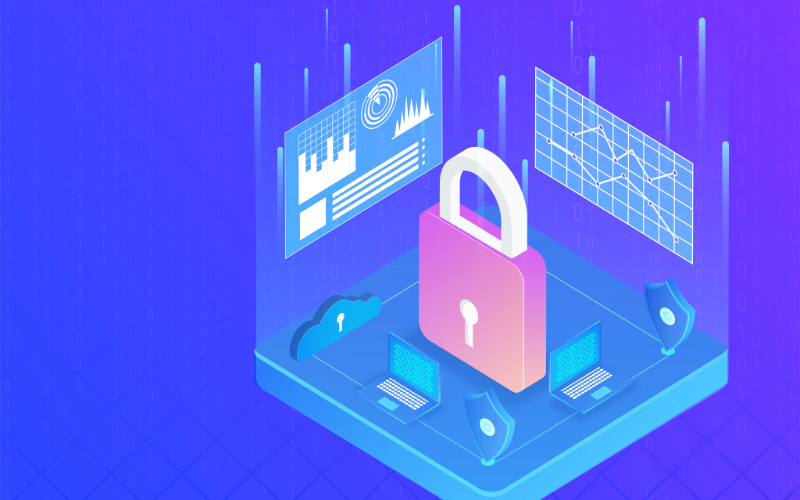
Digital Threats
Artificial intelligence (AI) has revolutionized numerous fields, and cybersecurity is no exception. Defenders and attackers alike are leveraging AI’s advanced capabilities to take this battle to the next level. From threat detection and mitigation to the new challenges posed by AI-powered cyberattacks, the digital security landscape is constantly evolving.
Using AI to Detect and Mitigate Threats in Real Time
One of AI’s main strengths is its ability to process massive amounts of data in real time. This makes it an essential tool for protecting critical digital infrastructures.
Predictive Analytics: Anticipating Threats
AI algorithms are designed to identify anomalous patterns in data streams that could indicate the presence of emerging threats. For example, a sudden, atypical spike in traffic to a server can signal the start of a distributed denial of service (DDoS) attack. Using these predictive models, systems can generate preemptive alerts and take immediate action, such as blocking suspicious traffic before the attack causes damage.
The ability to anticipate cyberattacks also significantly reduces incident response time, minimizing disruption and financial damage.
The Risks of AI-Powered Cyberattacks
As defenders innovate with AI, attackers are also leveraging these tools to hone their strategies. AI-powered cyberattacks are becoming more sophisticated, difficult to detect, and designed to bypass traditional defenses.
Attack Automation and Personalization
With AI, attackers can automate processes to identify specific vulnerabilities in systems or networks. Additionally, they can customize phishing attacks by analyzing large volumes of personal data, making fraudulent emails nearly indistinguishable from legitimate communications.
Adaptive Malware
AI-powered malware can dynamically modify its code to evade detection systems. This adaptive ability makes it a persistent threat that requires equally intelligent and flexible security solutions.
The Future of AI in Cybersecurity
The implementation of AI in cybersecurity is not just limited to identifying and stopping attacks. It is transforming the way organizations design their security strategies. Technologies such as machine learning systems, neural networks, and advanced language models are driving more robust and proactive solutions.
However, the balance between defensive and offensive capabilities remains a critical challenge. Organizations must remain constantly evolving, investing in innovation and fostering a culture of cybersecurity to address the threats of the future.
In this new scenario, collaboration between humans and machines will be key to ensuring a secure digital environment, in which advanced AI capabilities are used to protect rather than threaten.
